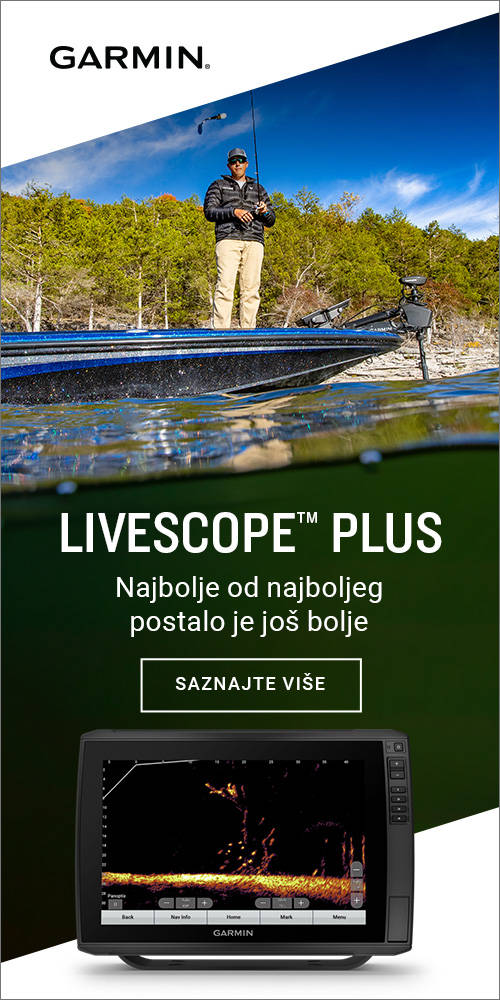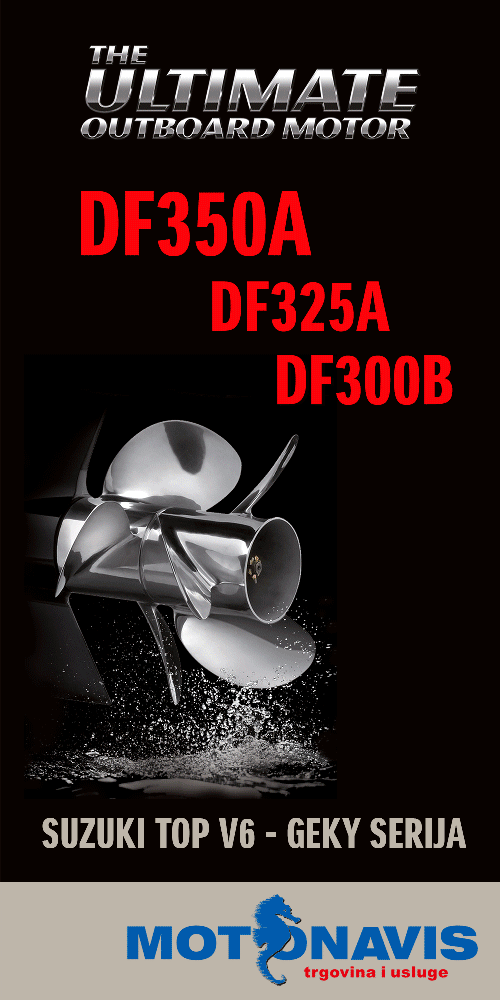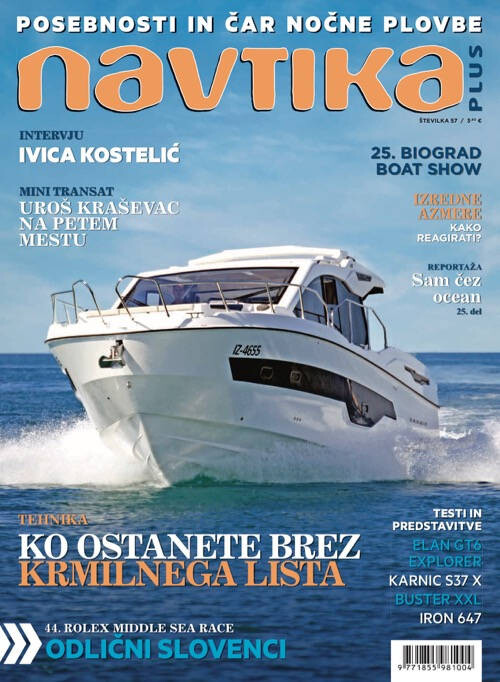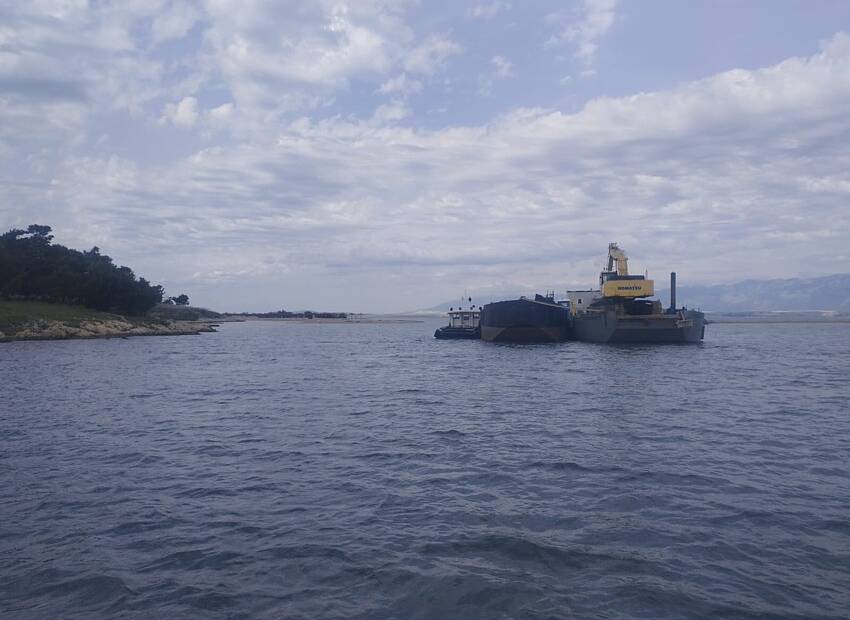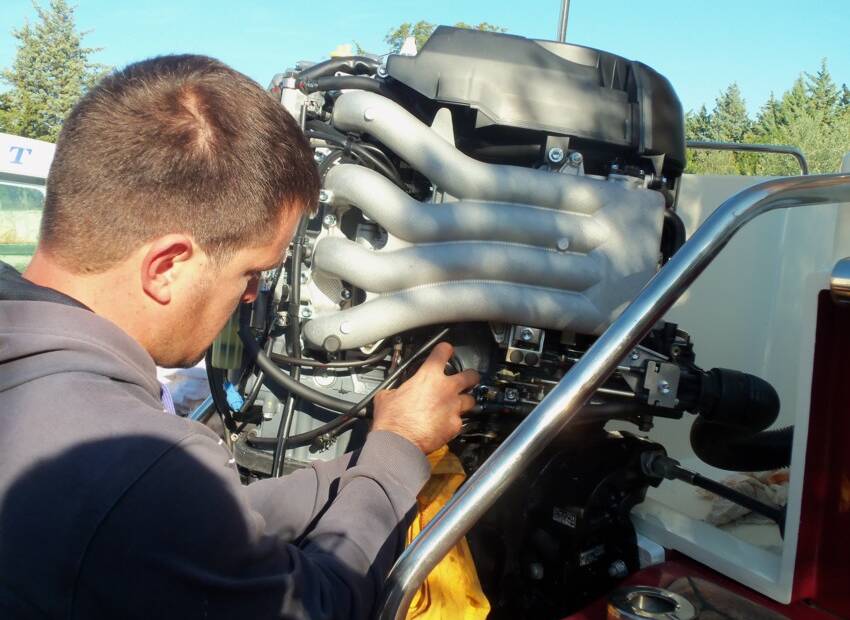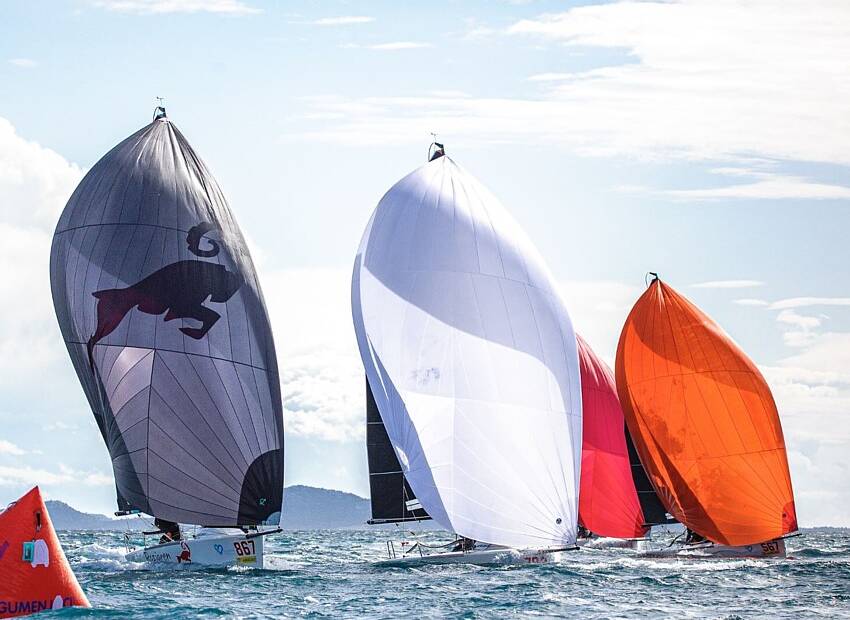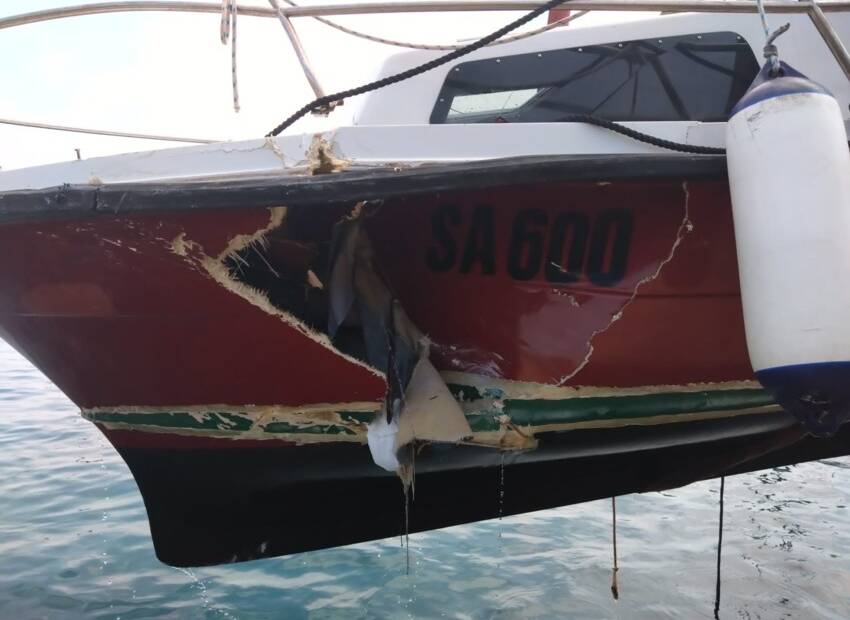The best and first way to reduce the risk of an accident is to prepare before you get out on the water. Most accidents are preventable. Even accidents attributed to the environment most likely could have been prevented if the operator had not overlooked the warning signals, had not made bad decisions or had the proper boating skills. Many accidents attributed to equipment could also have been prevented if proper maintenance and/or defect detection had taken place.
To prevent the chance of swamping or capsizing follow these rules:
- Don’t overload your boat. Evenly distribute and balance the weight of persons and gear within the boat. It is extremely critical not to overload a small boat.
- Turn your boat at controlled speeds.
- If anchoring, secure the anchor line to the bow (front) of the boat, never to the stern.
- Don’t boat in rough water or bad weather.
If you should swamp or capsize your boat:
- If the boat remains afloat, try to reboard. If you can't get back in, stay with the boat.
- If the boat is overturned or swamped, hang onto it. It will support you, saving loss of energy from treading water. If possible, climb onto the bottom of an overturned boat. It is important to get as much of your body out of the water as possible if the water is cold.
- If the boat sinks or floats away, don’t panic.
- If you are wearing a PFD, make sure it is securely fastened, remain calm, and wait for help.
- If you aren’t wearing a PFD, look for one floating in the water or other buoyant items (coolers, oars or paddles, decoys, etc.) to use as a flotation device.
- If there is no other means of support, then you may have to tread water or simply float. In cold water, float rather than tread to reduce hypothermia.
- Everyone on your boat should be prepared if for some reason they suddenly find themselves in the water. This means dressing appropriately and wearing a lifejacket. Many fatalities due to falling overboard could have been avoided if victims had worn their PFDs. Many times alcohol is involved with falls overboard.
To prevent yourself or passengers from falling overboard:
- Don't lean out from a small boat. Keep centered in the boat with your center of gravity low in the boat. Always keep your shoulders between the gunnels.
- If possible, don’t move about the boat. If you must move, maintain three points of contact. That is, keep both hands and one foot or both feet and one hand in contact with the boat at all times.
- Sit only where appropriate. Don't sit on the gunnel, bow, seat backs or any other area not designed for seating. Don't sit on pedestal seats when underway at greater than idle speed.
- Don't stand up in the boat.
If someone on your boat falls overboard, you need to immediately:
- Reduce speed.
- Throw the victim a PFD unless you know he or she is already wearing one.
- Turn the boat around and carefully pull alongside the victim, approaching the victim from downwind.
- Stop the engine. Pull the victim onboard over the stern, keeping the weight in the boat balanced.
If you are alone and fall overboard, don't panic:
- Try to reboard. Use the ladder or swim platform on larger boats. Climb up the outboard if the weight in your boat is distributed correctly. Small boats require more planning. Don't put yourself in the position to think, "I wish I had a way to get back in...." Prepare by always keeping a rope ladder or dock line available.
- If you cannot reboard, stay with the boat and wait for rescue. Hanging on to the boat will save you from using energy. With luck there are boaters nearby who can assist you. If you filed a float plan, someone will notice when you are missing.
- Remember, most accidents are preventable. The best way to handle an emergency is to prepare for it and be aware of the potential for accidents before you get out on the water.
Photo: www.capizzano.com
www.dnr.state.oh.us





